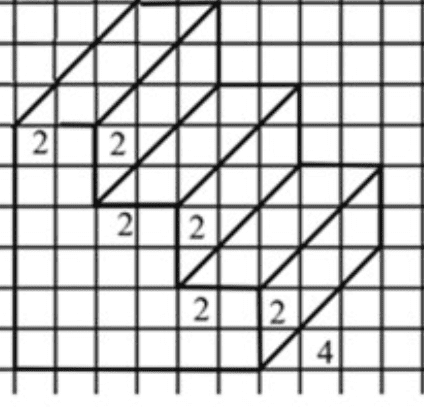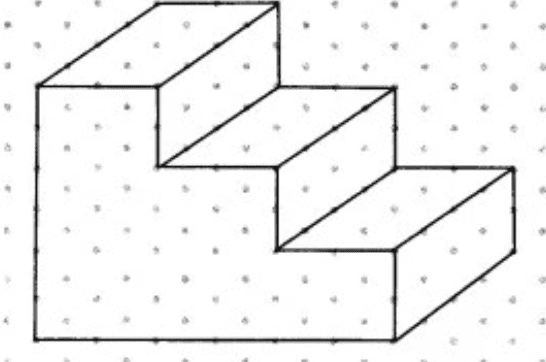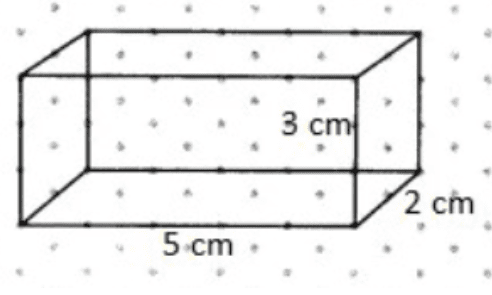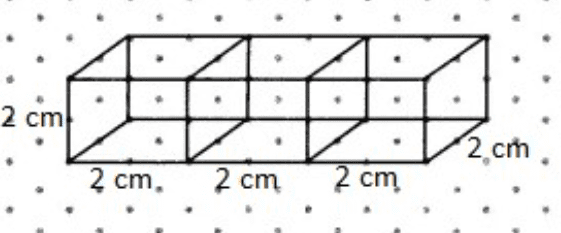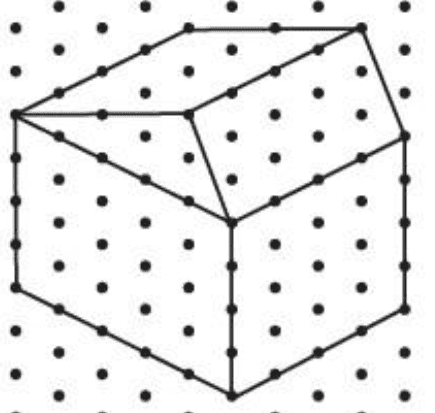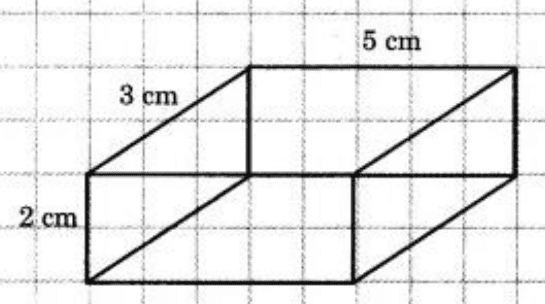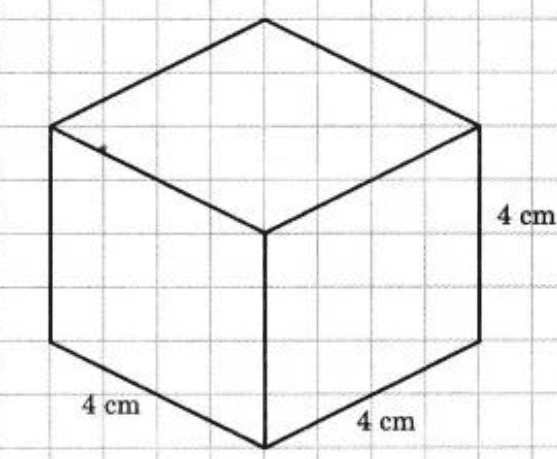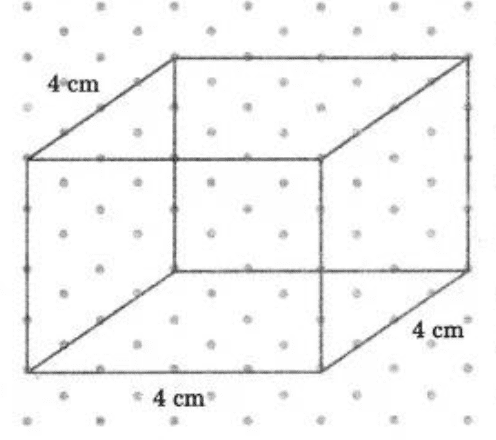NCERT Solutions for Class 7 Maths Chapter 13 (EX 13.2)
FAQs on NCERT Solutions for Class 7 Maths Chapter 13 Visualising Solid Shapes Ex 13.2
1. What are the main topics covered in Maths Class 7 Chapter 11 Exercise 11.2 Exponents and Powers?
Exercise 11.2 covers the Laws of Exponents and includes miscellaneous examples that apply these laws to various problems.
2. What is the Product of Powers Rule?
The Product of Powers Rule states that when multiplying two exponents with the same base, you add the exponents.
3. How do you apply the Quotient of Powers Rule?
The Quotient of Powers Rule is applied when dividing two exponents with the same base. You subtract the exponents: $\frac{a^{m}}{a^{n}}$ = $a^{m+n}$
4. What is the Power of a Power Rule?
The Power of a Power Rule states that when raising an exponent to another power, you multiply the exponents: $(a^m){^{n}}$= $a^{m*n}$
5. How do you simplify $ab^{m}$ using the laws of exponents?
To simplify $ab^{m}$, you apply the exponent to each factor in the product: $(ab)^{m}$=$a^{m} * b^{m}$.
6. Which chapter is important in maths class 7?
There are several chapters in arithmetic, such as congruent triangles, lines and angles, simple equations, fractions, integers, and data handling. That might be regarded as significant, but every chapter has value and is applied to ideas in higher classes.
7. Why are the laws of exponents important?
The laws of exponents are important because they simplify calculations and make it easier to work with very large or very small numbers in mathematical expressions.
8. How can these rules be applied in real-life situations?
These rules can be applied in various real-life situations, such as scientific calculations, financial modelling, and any scenario that involves exponential growth or decay.
9. What should students focus on when solving problems in NCERT Solutions for Class 7 Maths Chapter 11 Exercise 11.2?
Students should focus on understanding and correctly applying the laws of exponents to simplify and solve the given problems.
10. How many questions are typically asked from NCERT Solutions for Class 7 Maths Chapter 11 Exercise 11.2 in previous year's exams?
While the number of questions can vary generally 1-2 questions have appeared in previous years' exams, understanding the core concepts and practising the problems in this chapter will prepare students for any related questions in their exams.






















